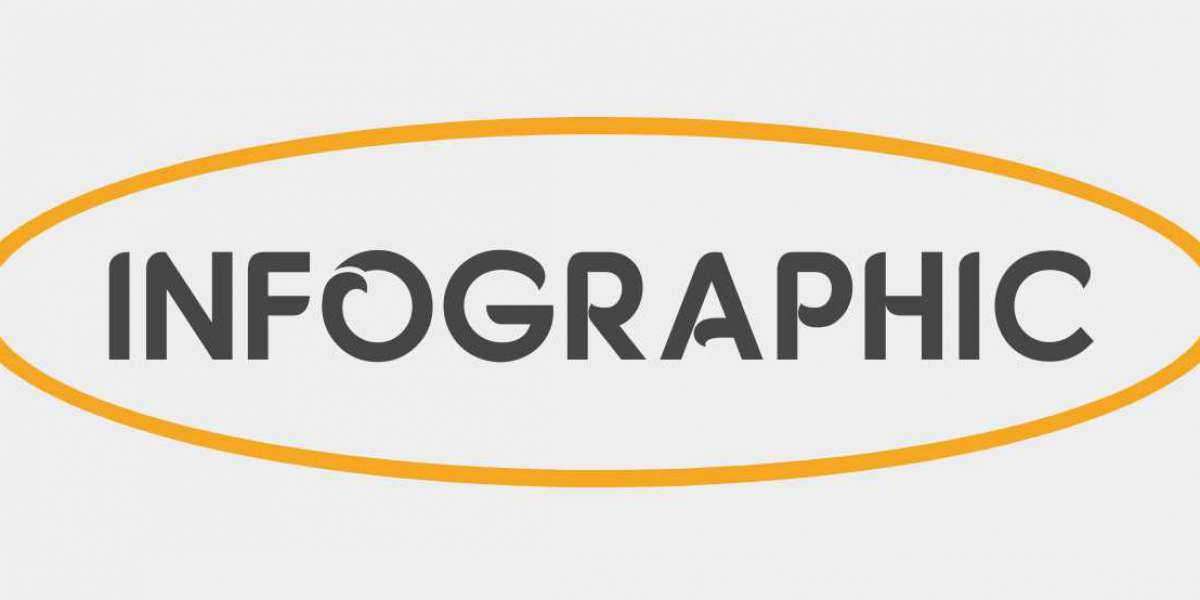The nanosatellite and microsatellite market size is expected to reach USD 10.52 Billion in 2030 and register a revenue CAGR of 18.3% over the forecast period, according to the latest report by Reports and Data. Steady market revenue growth of Nanosatellite and Microsatellite can be attributed to various factors, including rising demand for earth observation related applications and governments’ use of advanced technology to better connect remote and inaccessible regions. However, limited access to space has been affecting market revenue growth.
Microsatellites are artificial satellites with a wet mass between 10 kg and 100 kg. Compared to large satellites, microsatellites can be developed at a lower cost and with a reduced lead-time. Hence, they are expected to play a crucial role in space business and utilization. These satellites, being small in size, contain a lot of electronic devices based on the requirements and functional utilities. The role of a satellite today broadly falls under Earth observation, communications, positioning, celestial observation, or deep-space exploration, and globally, there is an increasing need for accomplishing all of these roles with microsatellites. Many space exploration companies mainly across the US, Europe, and China, are working on RD to design specialized rockets for launch of these satellites into outer space at a lower cost. Over the past decade, Norway has pioneered in operating maritime surveillance from space using low-budget microsatellite technology.
The Global Positioning System (GPS) is probably the most popular Global Navigation Satellite System (GNSS) and is considered the best-known space geodetic technique today. GPS has revolutionized surveying, and pedestrian, car, marine, and aircraft navigation. The GPS system is advancing and becoming more efficient in locating places faster after deploying new microsatellites into space. Such wide variety application of these satellites is expected to drive market revenue growth.
Get a sample copy of the Nanosatellite and Microsatellite industry report, visit @ https://www.reportsanddata.com/sample-enquiry-form/2223
Low Earth Orbit (LEO) satellites are a new generation of satellites that orbit the Earth at a relatively low altitude, typically around 1,200 kilometers or less. These satellites are known for their ability to provide better connectivity to remote and inaccessible regions. LEO satellites have gained significant attention in recent years due to their potential to deliver low-cost broadband services to individual consumers, especially in developing countries.
The market growth of nanosatellites and microsatellites is largely driven by the demand for LEO-based services. Nanosatellites and microsatellites are smaller and lighter satellites that are more cost-effective to manufacture and launch compared to traditional larger satellites. They are often deployed in constellations, consisting of hundreds or even thousands of satellites working together to provide global coverage.
One advantage of LEO satellites is their close proximity to the Earth, which allows them to operate with minimal time delay, also known as low latency. This low latency communication is particularly important for applications such as real-time video streaming, online gaming, and other interactive services where delay can negatively impact the user experience.
Additionally, the constellation of LEO satellites can collectively deliver a much more powerful signal strength compared to satellites in other synchronous orbits, such as Geostationary Earth Orbit (GEO). This increased signal strength enables improved data transmission rates and supports high-bandwidth applications.
Type Outlook (Revenue, USD Million; 2018–2030)
- Nanosatellite
- Microsatellite
End-use Outlook (Revenue, USD Million; 2018–2030)
- Government
- Civil
- Commercial
- Defense
- Energy and Infrastructure
- Maritime and Transportation
- Others
Component Outlook (Revenue, USD Million; 2018–2030)
- Hardware
- Software and Data Processing
- Space Services
- Launch Services
Application Outlook (Revenue, USD Million; 2018–2030)
- Communication
- Earth Observation and Remote Sensing
- Scientific Research
- Biological Experiments
- Academic Training
- Technology Demonstration and Verification
- Mapping and Navigation
- Others
Inquiry Before Buying @ https://www.reportsanddata.com/inquiry-before-buying/2223
Regional Markets Highlighted in the Global Nanosatellite and Microsatellite Market Report:
- North America
- S.
- Canada
- Mexico
- Europe
- Germany
- K.
- Italy
- France
- BENELUX
- Rest of Europe
- Asia Pacific
- China
- India
- Japan
- South Korea
- Rest of Asia Pacific
- Latin America
- Brazil
- Rest of Latin America
- Middle East Africa
- Saudi Arabia
- A.E.
- South Africa
- Rest of Middle East Africa
Top Companies Profiled in the Report:
Lockheed Martin Corporation, Surrey Satellite Technology Ltd., GomSpace Group AB, Kepler Communications Inc., Planet Labs PBC, Astro Digital US Inc., L3Harris Technologies Inc., Millennium Space Systems Inc., Sierra Nevada Corporation, and AAC Clyde Space.
Request a customized copy of the report @ https://www.reportsanddata.com/request-customization-form/2223
Overall, the benefits of LEO satellites, including their low latency communication, high signal strength, and potential for low-cost broadband services, make them a promising technology for bridging the digital divide and connecting remote regions that were previously underserved by traditional satellite systems.
About Reports and Data
Reports and Data is a market research and consulting company that provides syndicated research reports, customized research reports, and consulting services. Our solutions purely focus on your purpose to locate, target and analyze consumer behavior shifts across demographics, across industries and help client’s make a smarter business decision. We offer market intelligence studies ensuring relevant and fact-based research across a multiple industries including Healthcare, Technology, Chemicals, Power and Energy. We consistently update our research offerings to ensure our clients are aware about the latest trends existent in the market. Reports and Data has a strong base of experienced analysts from varied areas of expertise.
Contact Us:
John W
Head of Business Development
Reports and Data | Web: www.reportsanddata.com
Direct Line: +1-212-710-1370
E-mail: sales@reportsanddata.com







